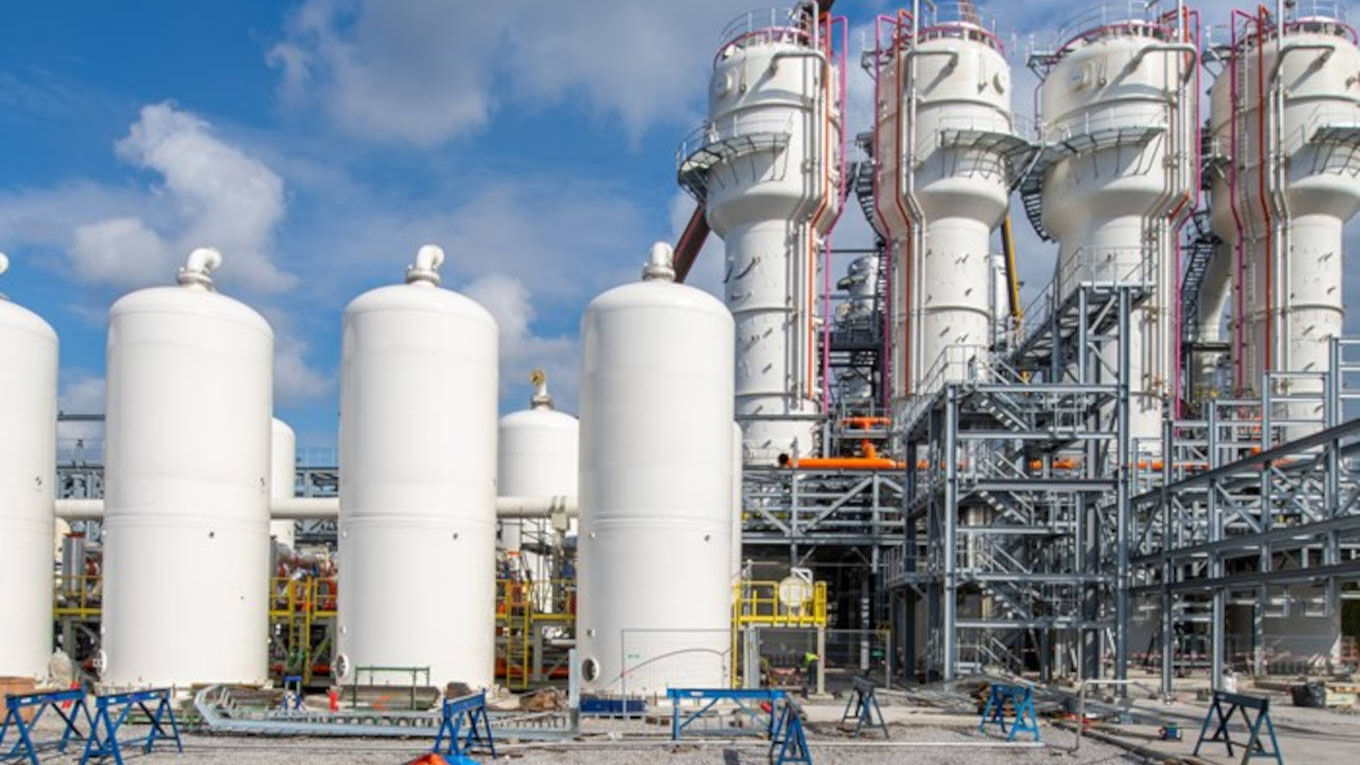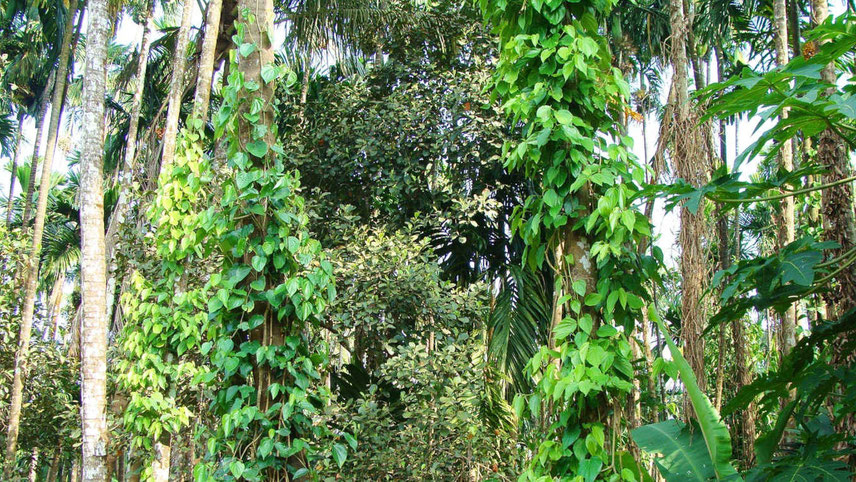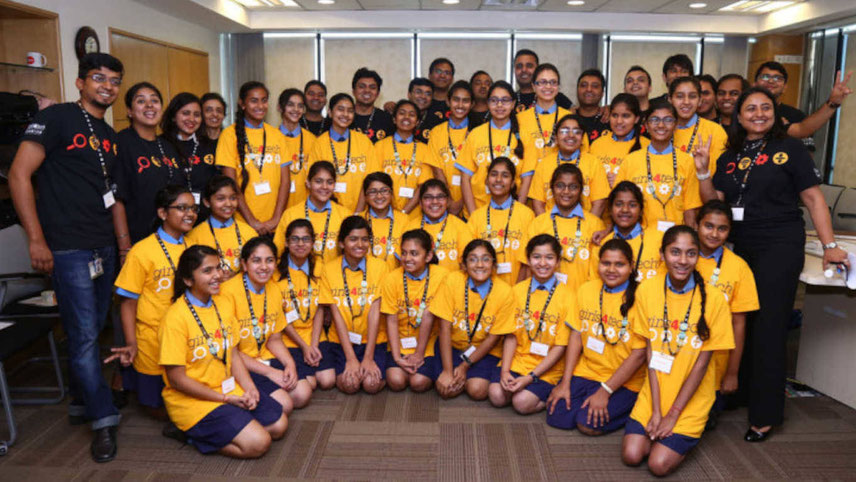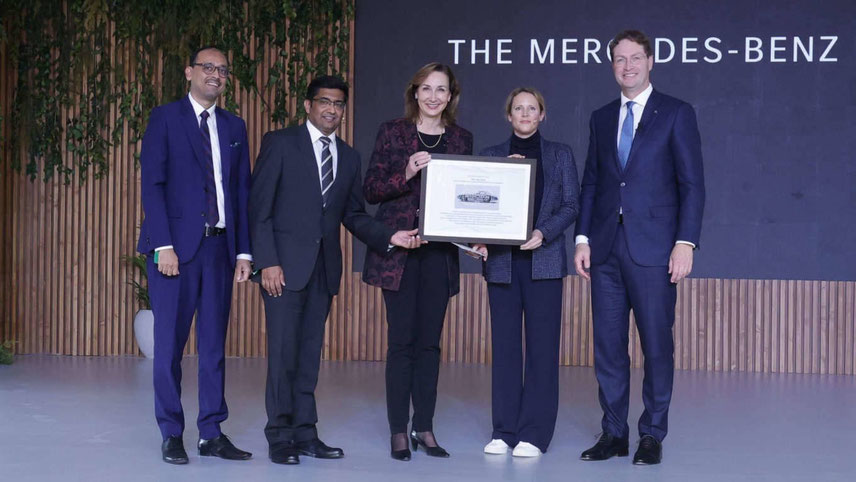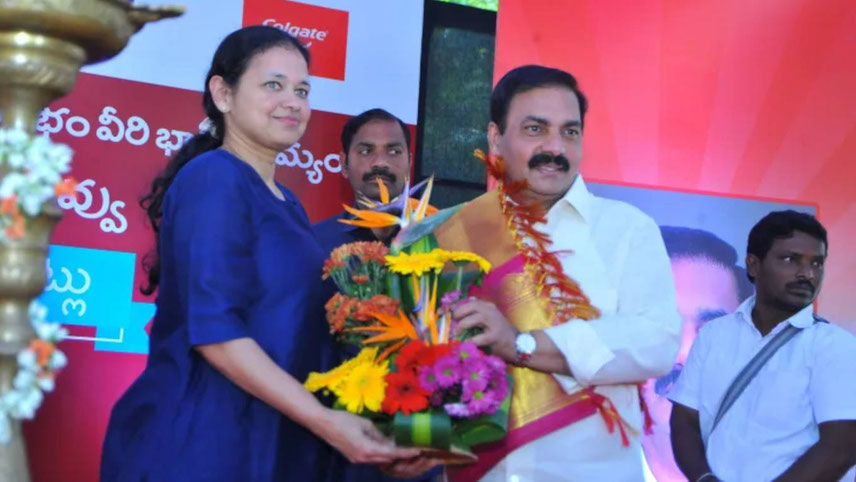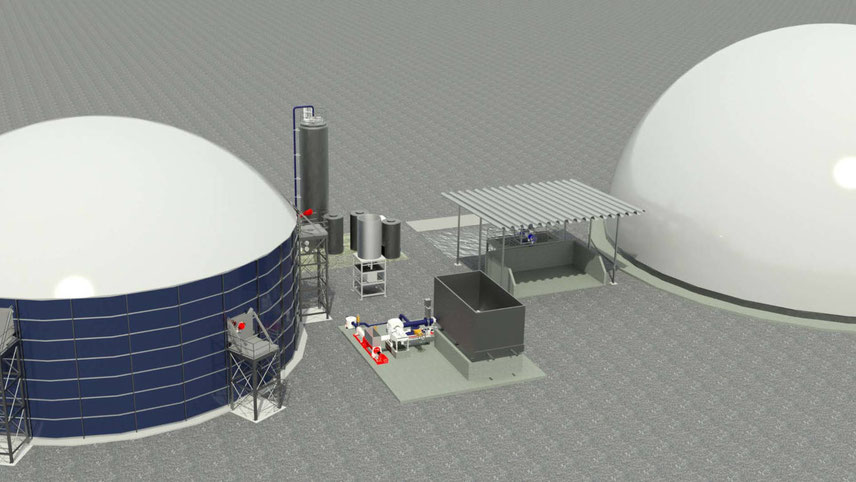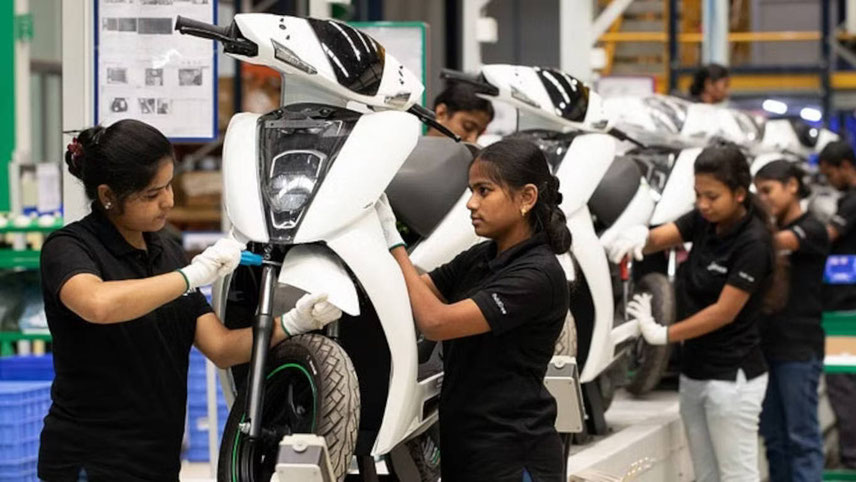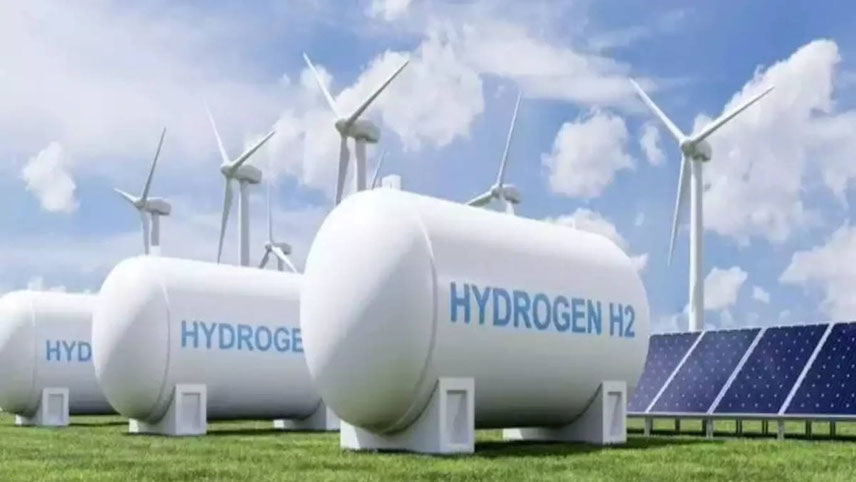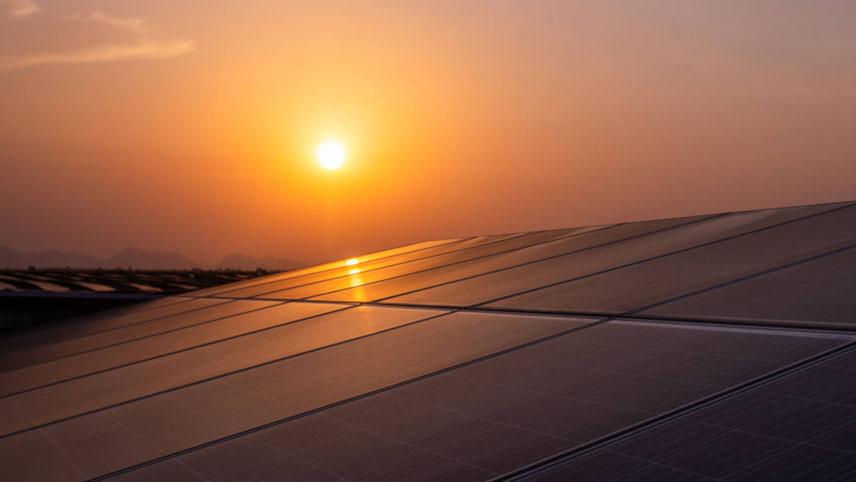
India’s steel manufacturing ambitions deserve fulfilment. Equity for emerging economies will occupy the UN COP26, which in November will try to negotiate stringent cuts in carbon emissions. Steel is a big emitter and, as the world’s largest producer, ArcelorMittal is committed to leading the science and engineering behind decarbonised steel. And as the most recent steel entrant in India, we also hope our global innovations will filter into our expanding manufacturing in that market. COP26 is viewed as a generational opportunity to arrest the now daily evidence of the impact of climate change – in extreme floods and heatwaves – and hasten business and industry’s transition to net-zero. Something must come out of COP26; the cost of failure is too high. Steel is high on everyone’s list of industries that must act because it emits 7 per cent of global carbon emissions. ArcelorMittal recognises the urgency with which we must apply science, technology and capital to decarbonise a material that is ubiquitous, recyclable and resilient (requiring more to be produced all the time), but relative to other materials still with a lower carbon footprint. In July, ArcelorMittal announced a commitment to a reduction in carbon emission intensity of 25 per cent by 2030, and 35 per cent in Europe where we have a bigger manufacturing footprint. This collectively implies investments of about $10 billion. As a company, we absolutely need to be leading. We can do that because, among other things, we are global and have a mature infrastructure of R&D supported by a budget of $300 million a year. In practice, this means we have a deep reservoir of IP, technology and development to deploy for innovations in how to make steel. Zero emission steel, if produced at scale, has the potential to become the backbone of our everyday urbanisation – the buildings we live in, the cars we drive and the bridges they cross, and the machinery and infrastructure that power our economies. Each of these has a consequential impact, helping companies, investors and governments meet their own net-zero commitments. We are following two principal technology pathways to achieve these outcomes: innovative direct reduced iron (DRI) and smart carbon. These routes involve the use of clean energy, such as green hydrogen and also bioenergy with carbon capture utilisation and storage. We would encourage all stakeholders – regulators and others – not to stick to one technology because directions can change. In the final analysis, cost will be the determinate. That is where policy support is so critical, to ensure the creation of a level playing field with appropriate support. This year ArcelorMittal has announced investment plans in Belgium, Canada, France, Germany and Spain which will introduce technologies to produce a 15 million tonne cut in annual carbon emissions, equivalent to the greenhouse gas emissions from 3,300,000 cars driven for a year. These initiatives supplement other decarbonisation projects already underway, such as offering customers net-zero equivalent steel through an audited certification scheme, and the creation of an innovation fund from which we have made investments in companies developing breakthrough technologies to accelerate the transition to carbon neutral steelmaking.

